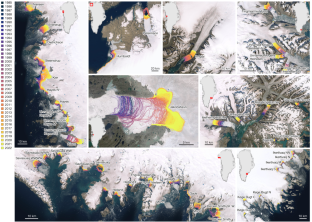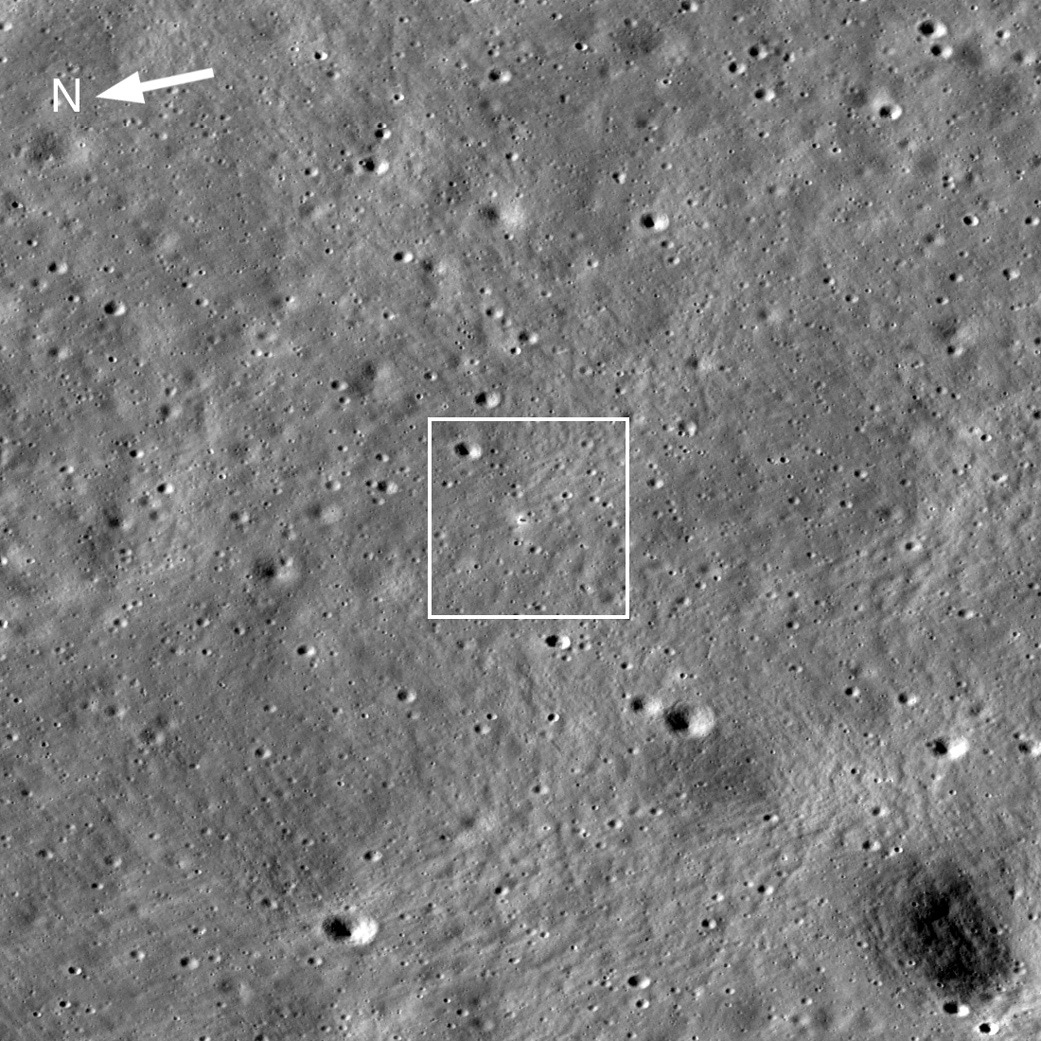2024-01-17 NASA
◆研究は1985年から2022年までの氷床端の後退を詳細に分析し、207のうち179の氷河が後退し、1つだけがわずかに前進していた。これにより、氷床が失った質量はIMBIEの評価よりも21%多い1140億トンとなり、海面上昇には寄与していないものの、新水源となりつつある。研究は、氷河の後退と季節ごとの変動が氷河の敏感性と関連しており、これが将来の気候変動に対する影響を示唆している。
<関連情報>
- https://www.nasa.gov/earth/climate-change/ice-glaciers/nasa-study-more-greenland-ice-lost-than-previously-estimated/
- https://www.nature.com/articles/s41586-023-06863-2
1985 年から 2022 年にかけてグリーンランド氷床の崩壊が至る所で加速 Ubiquitous acceleration in Greenland Ice Sheet calving from 1985 to 2022
Chad A. Greene,Alex S. Gardner,Michael Wood & Joshua K. Cuzzone
Nature Published:17 January 2024
DOI:https://doi.org/10.1038/s41586-023-06863-2

Abstract
Nearly every glacier in Greenland has thinned or retreated over the past few decades1,2,3,4, leading to glacier acceleration, increased rates of sea-level rise and climate impacts around the globe5,6,7,8,9. To understand how calving-front retreat has affected the ice-mass balance of Greenland, we combine 236,328 manually derived and AI-derived observations of glacier terminus positions collected from 1985 to 2022 and generate a 120-m-resolution mask defining the ice-sheet extent every month for nearly four decades. Here we show that, since 1985, the Greenland Ice Sheet (GrIS) has lost 5,091 ± 72 km2 of area, corresponding to 1,034 ± 120 Gt of ice lost to retreat. Our results indicate that, by neglecting calving-front retreat, current consensus estimates of ice-sheet mass balance4,9 have underestimated recent mass loss from Greenland by as much as 20%. The mass loss we report has had minimal direct impact on global sea level but is sufficient to affect ocean circulation and the distribution of heat energy around the globe10,11,12. On seasonal timescales, Greenland loses 193 ± 25 km2 (63 ± 6 Gt) of ice to retreat each year from a maximum extent in May to a minimum between September and October. We find that multidecadal retreat is highly correlated with the magnitude of seasonal advance and retreat of each glacier, meaning that terminus-position variability on seasonal timescales can serve as an indicator of glacier sensitivity to longer-term climate change.



